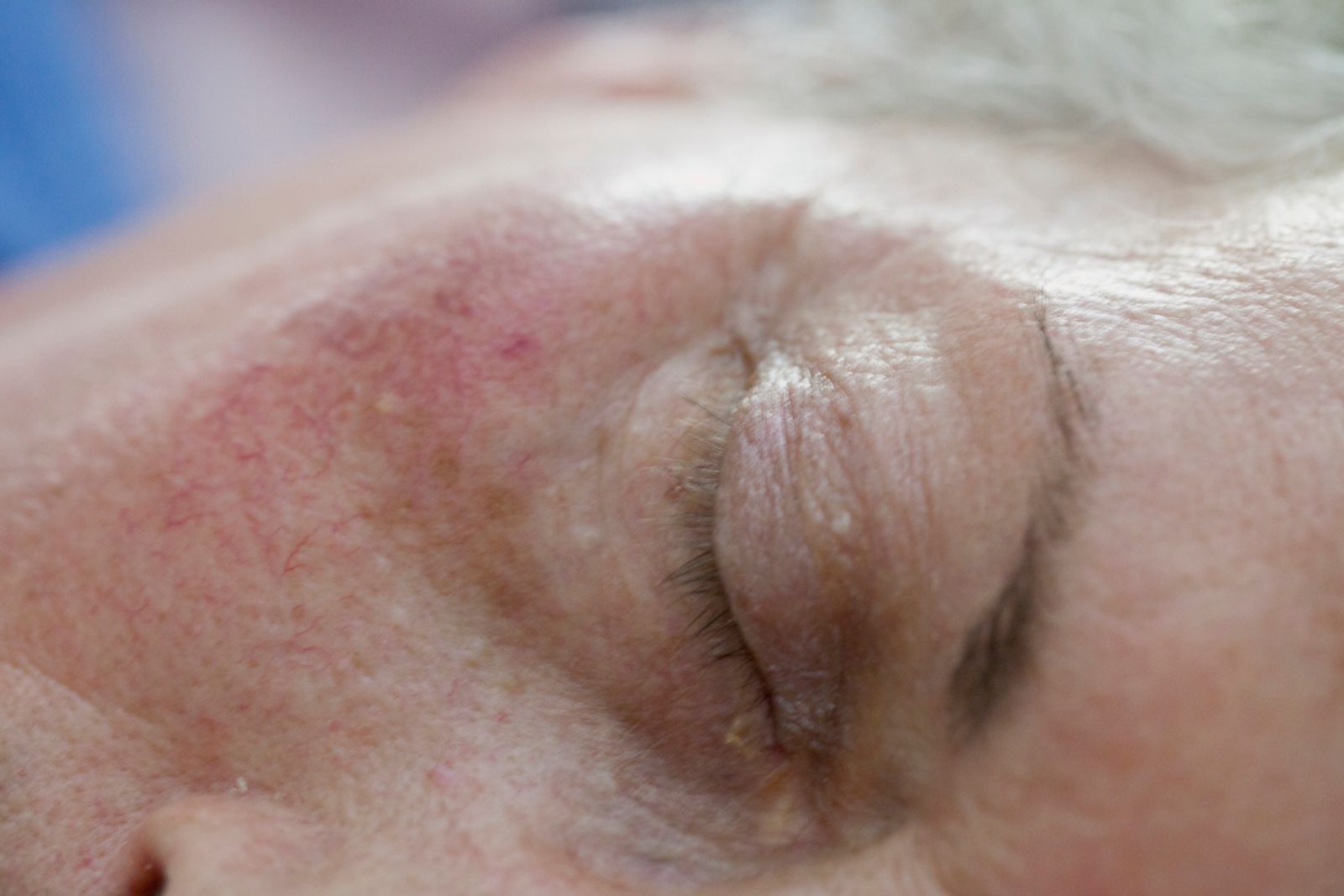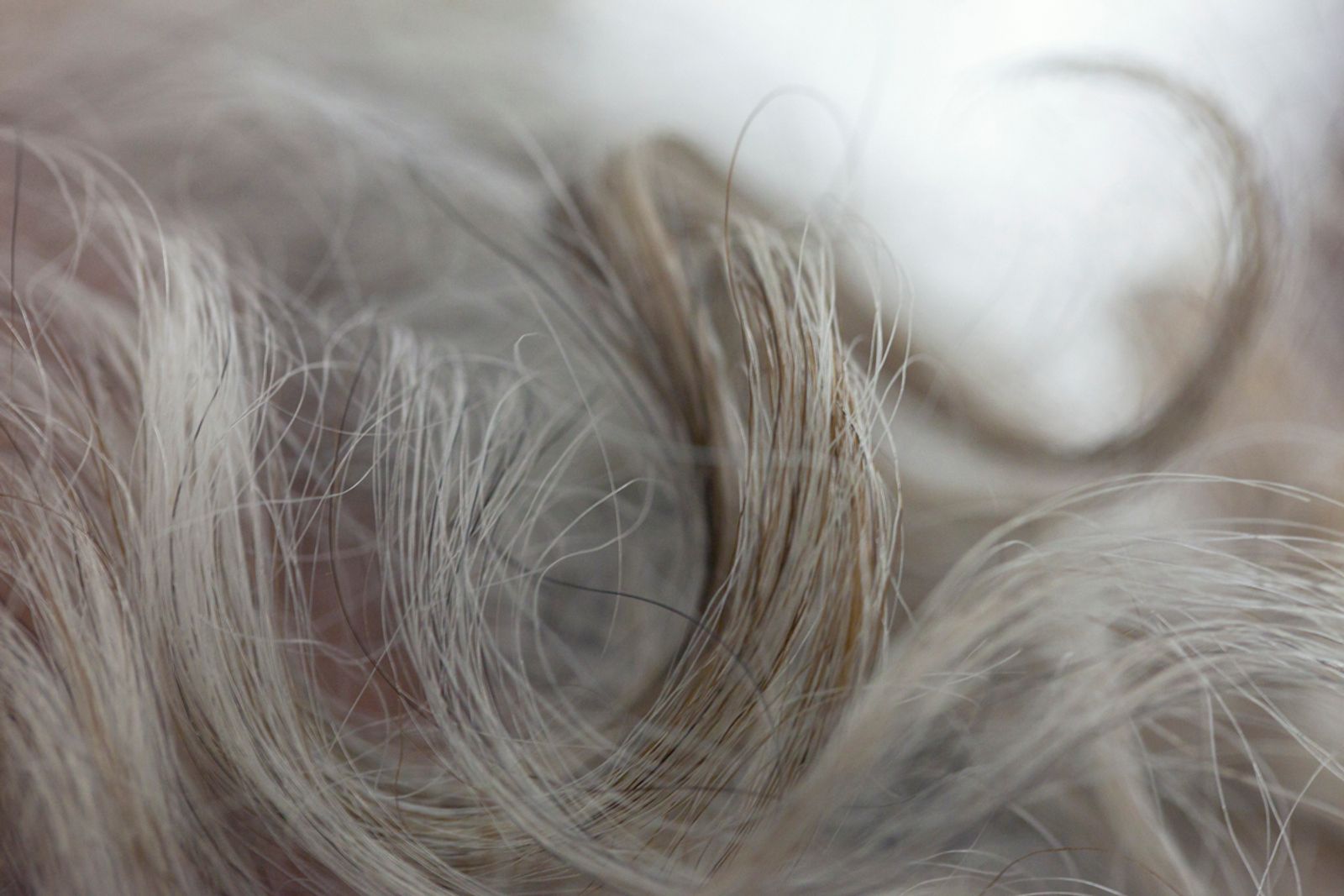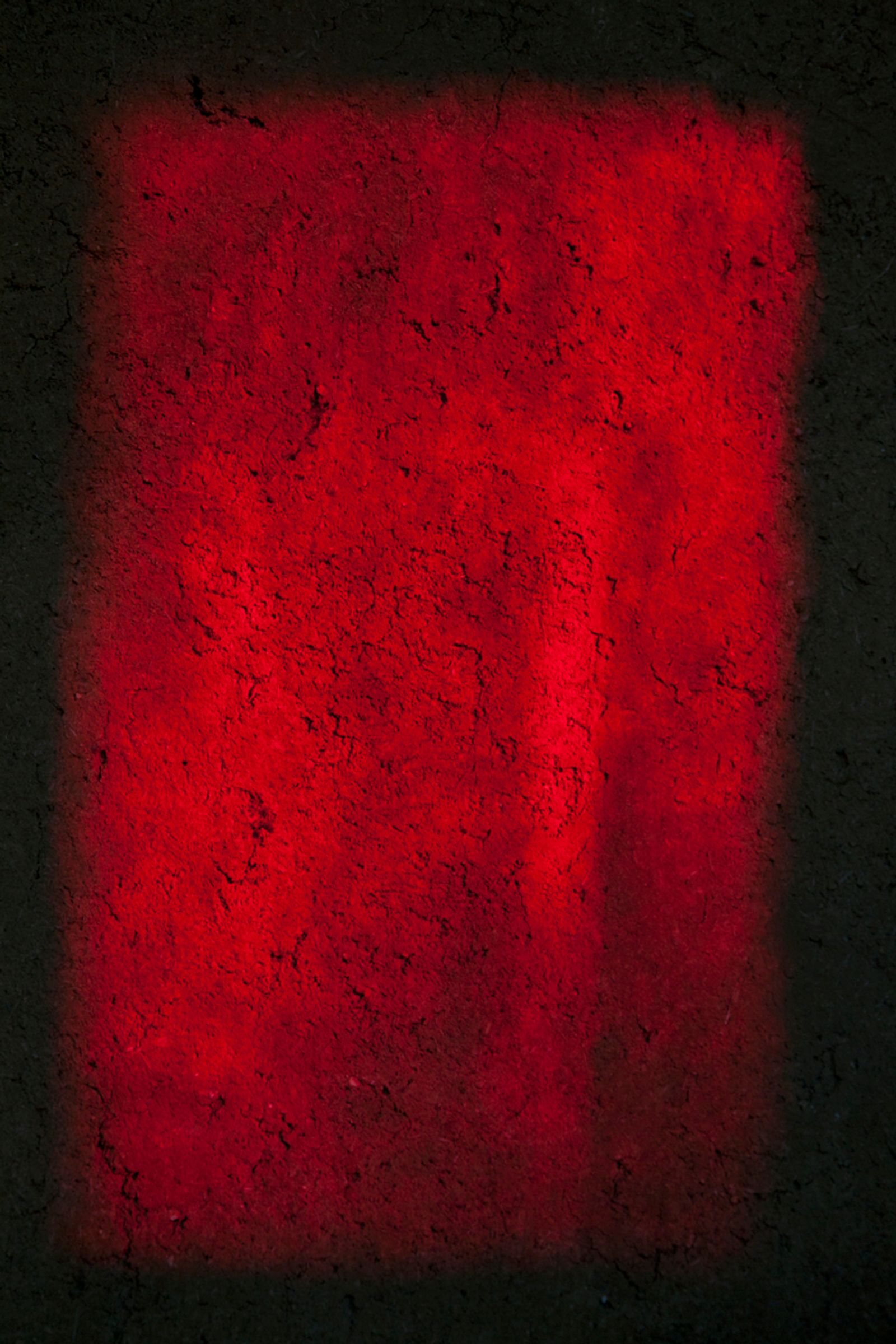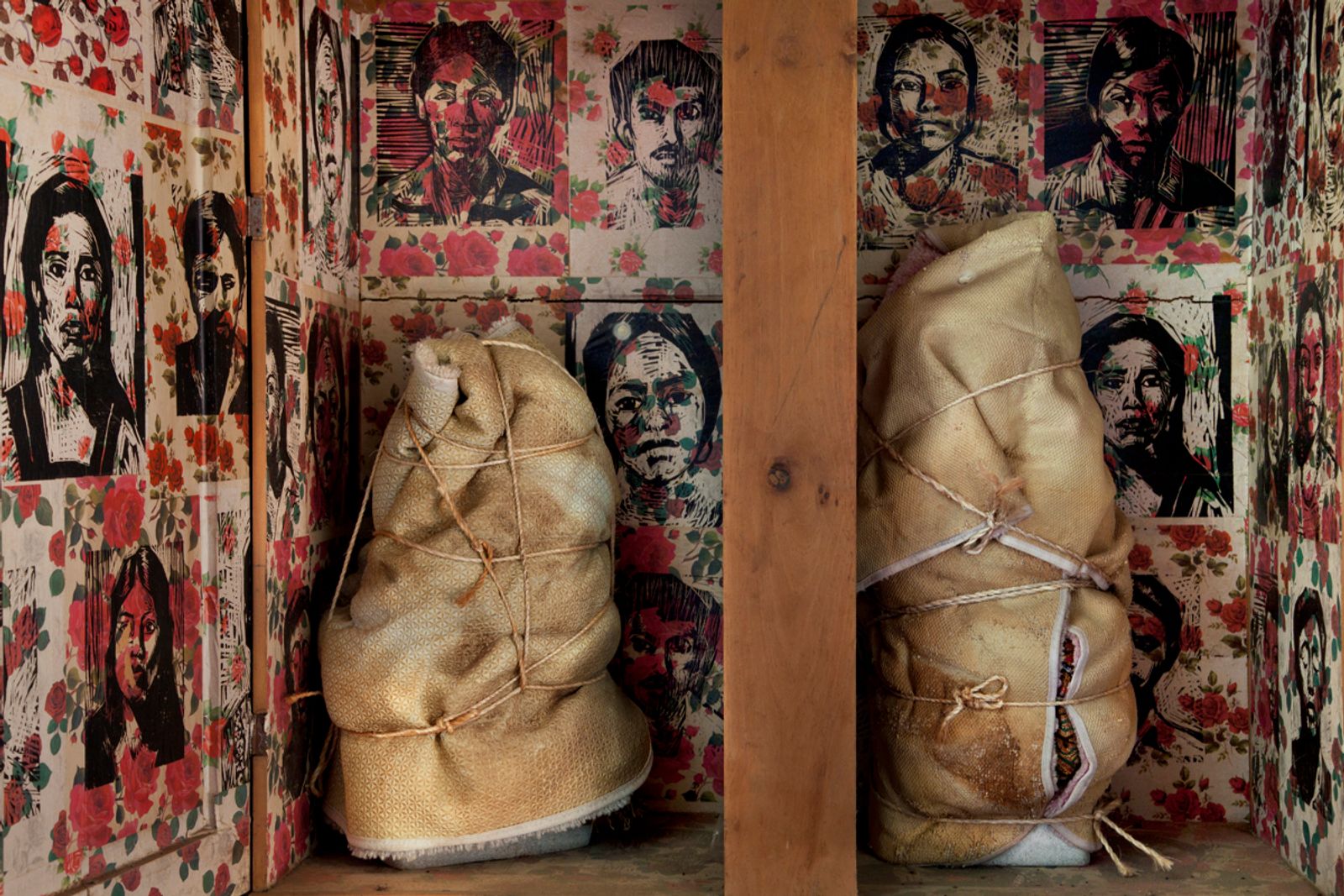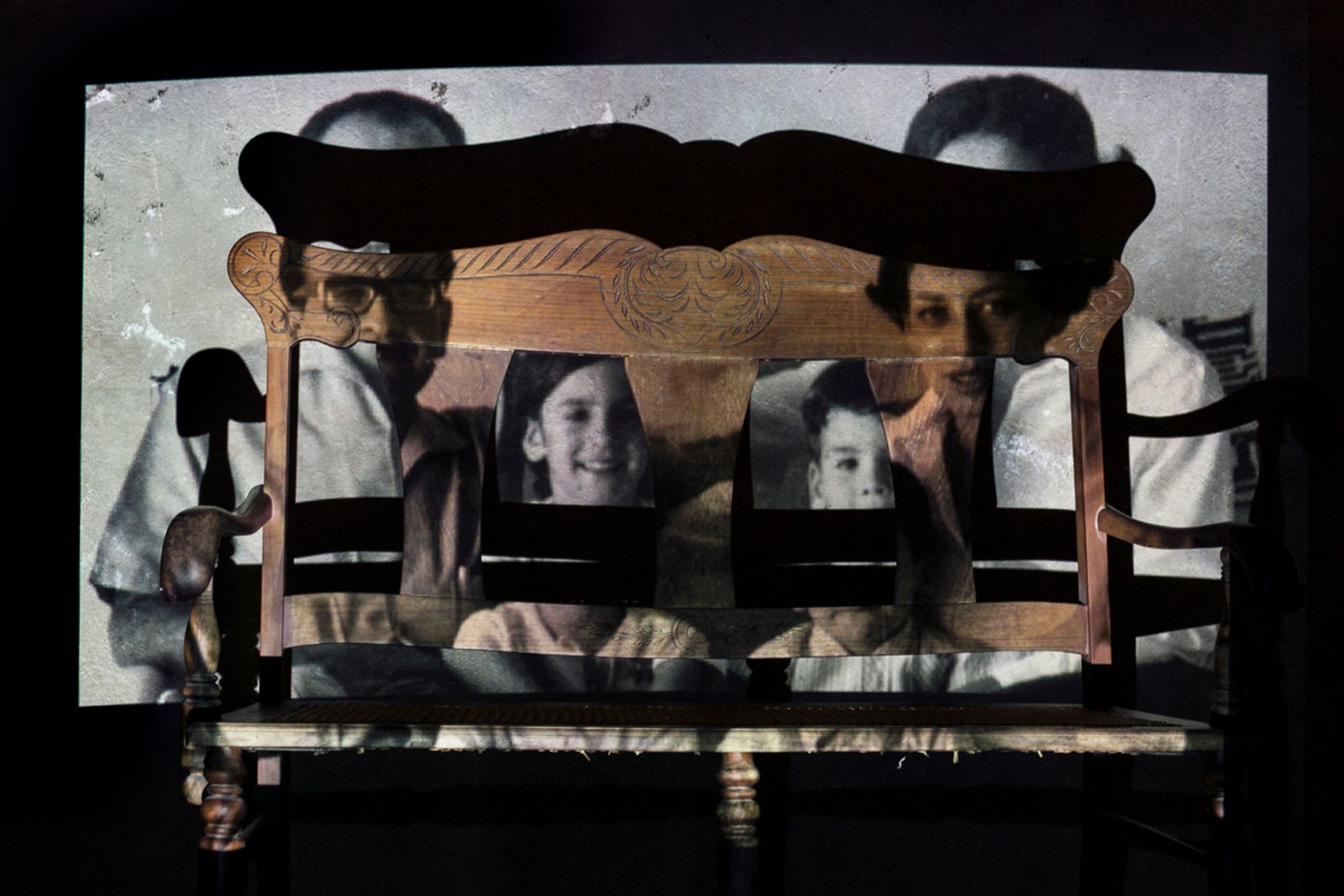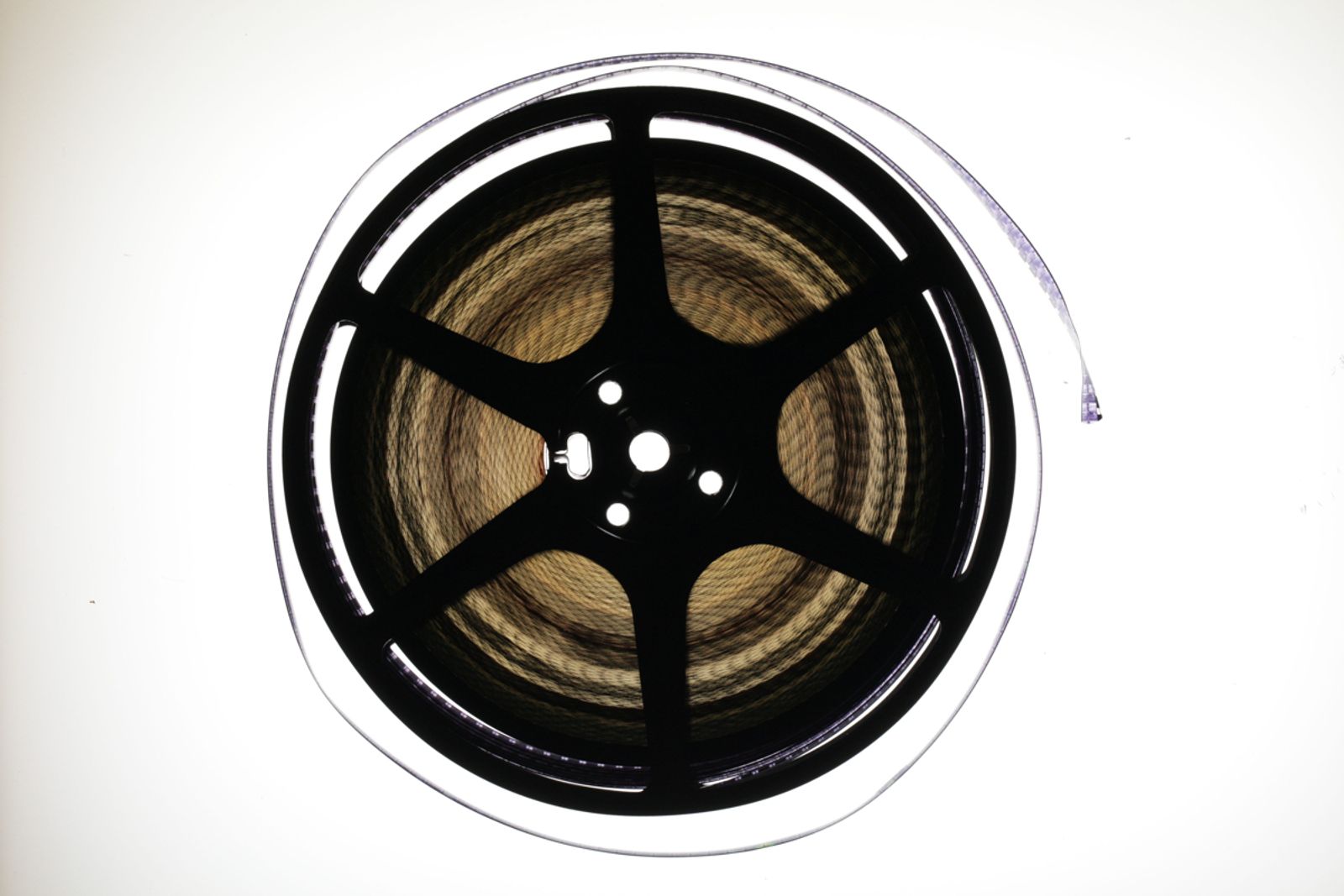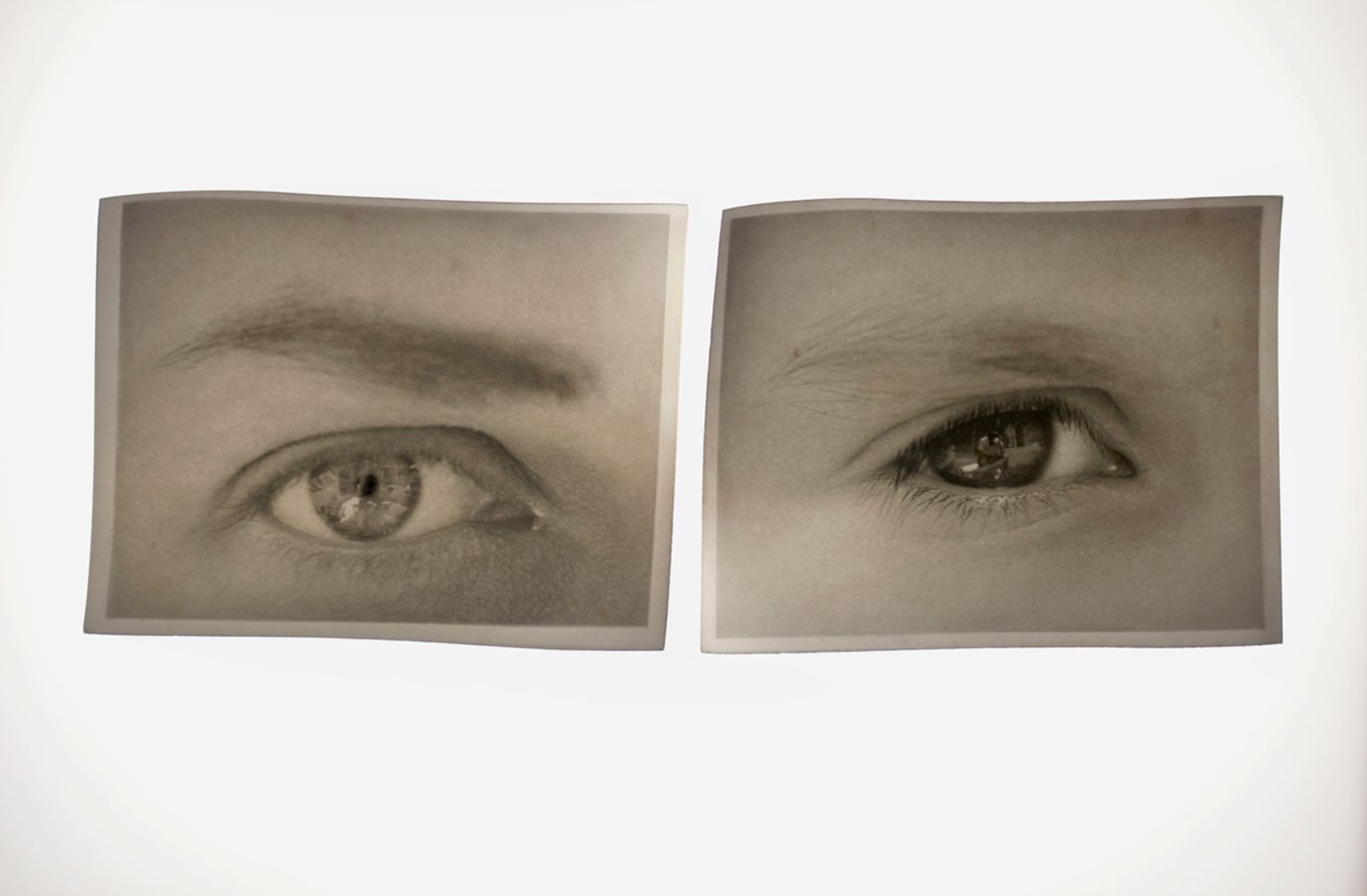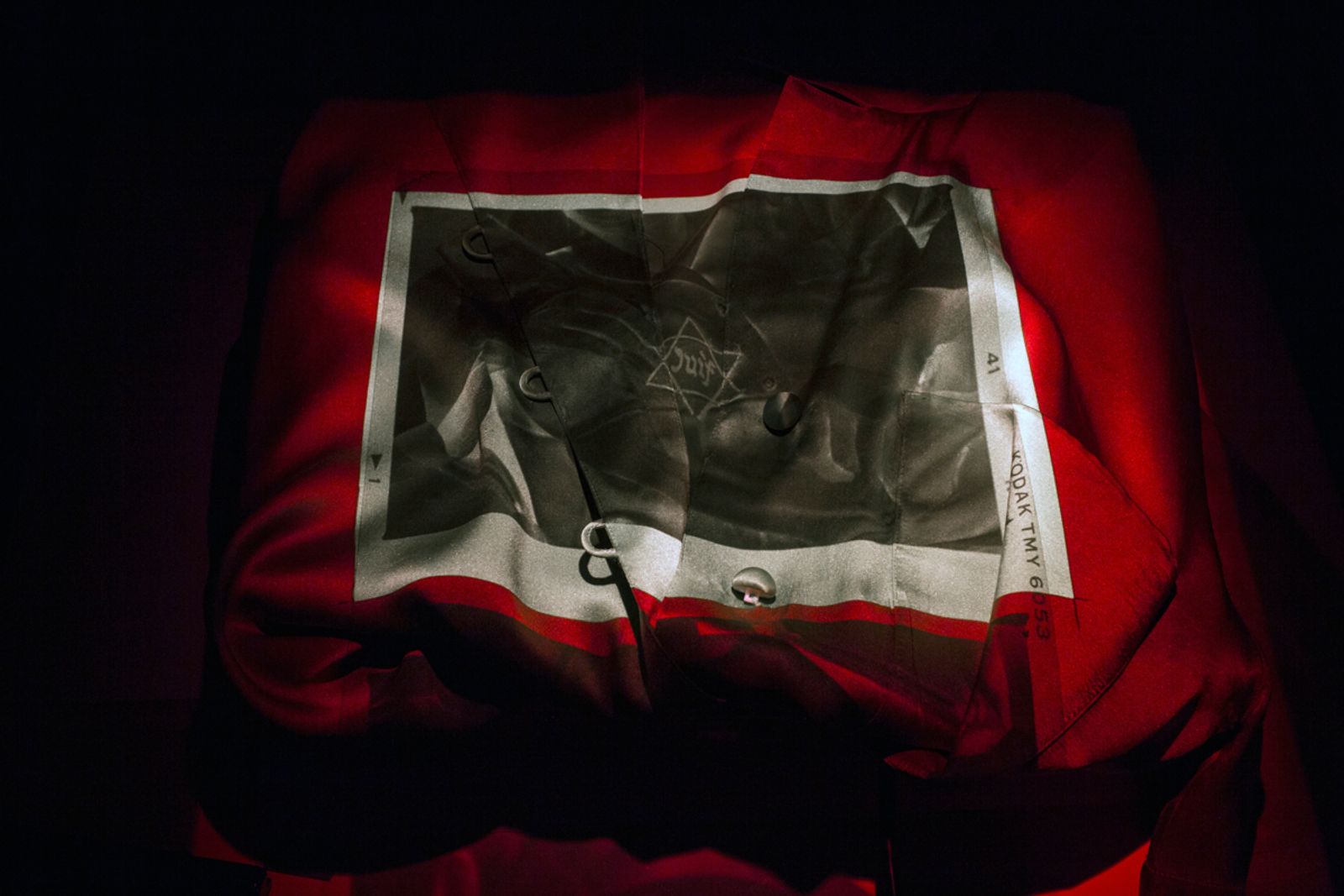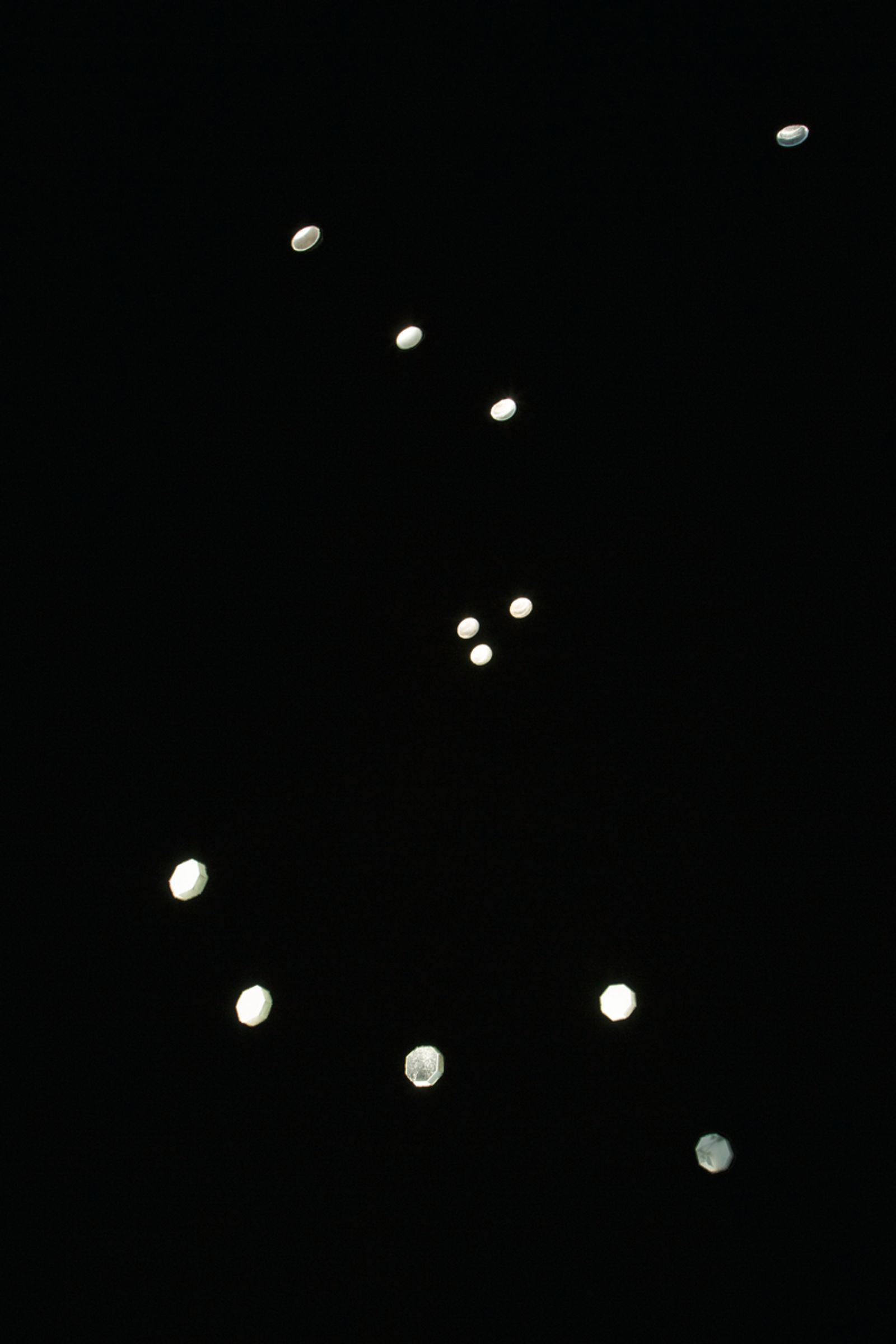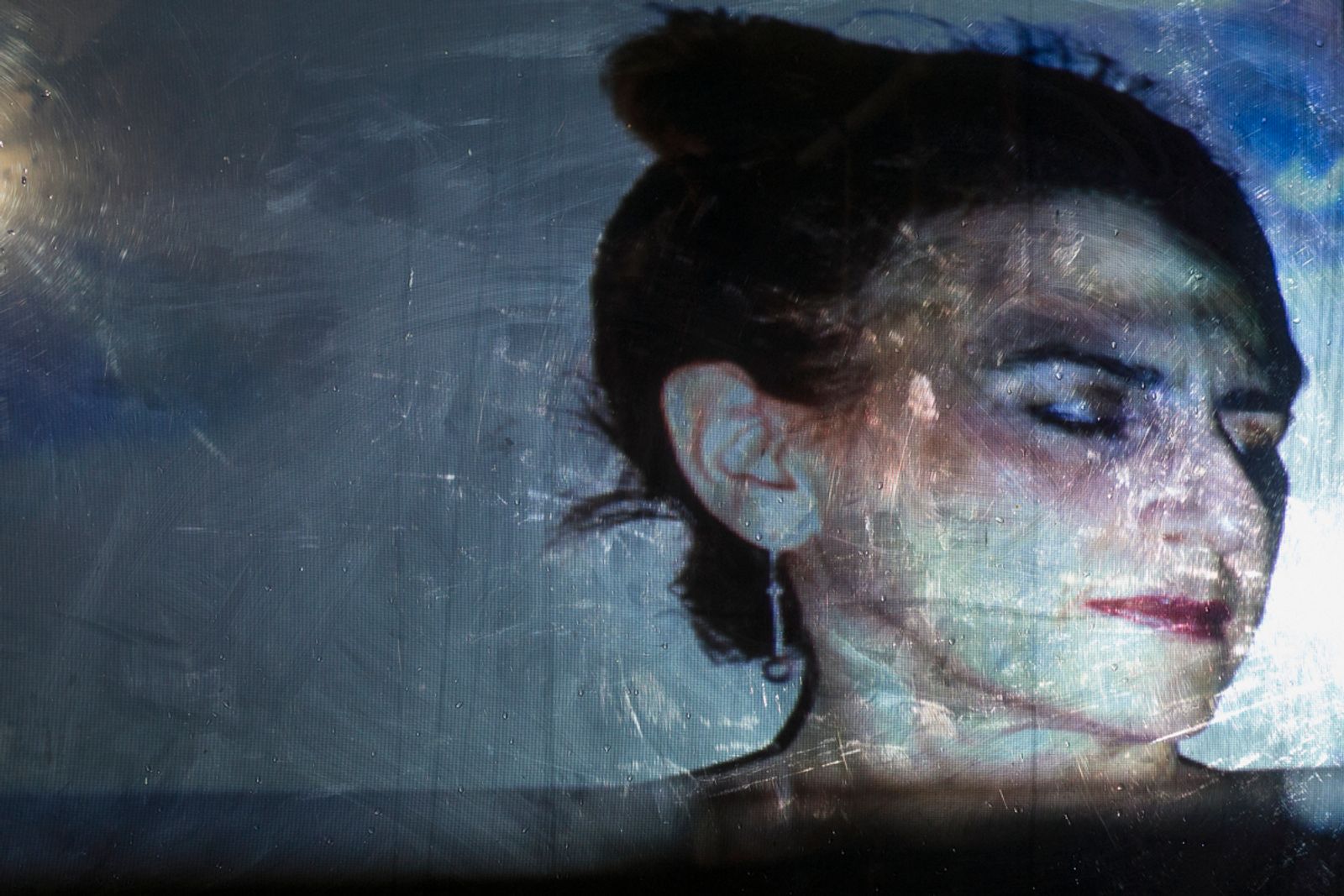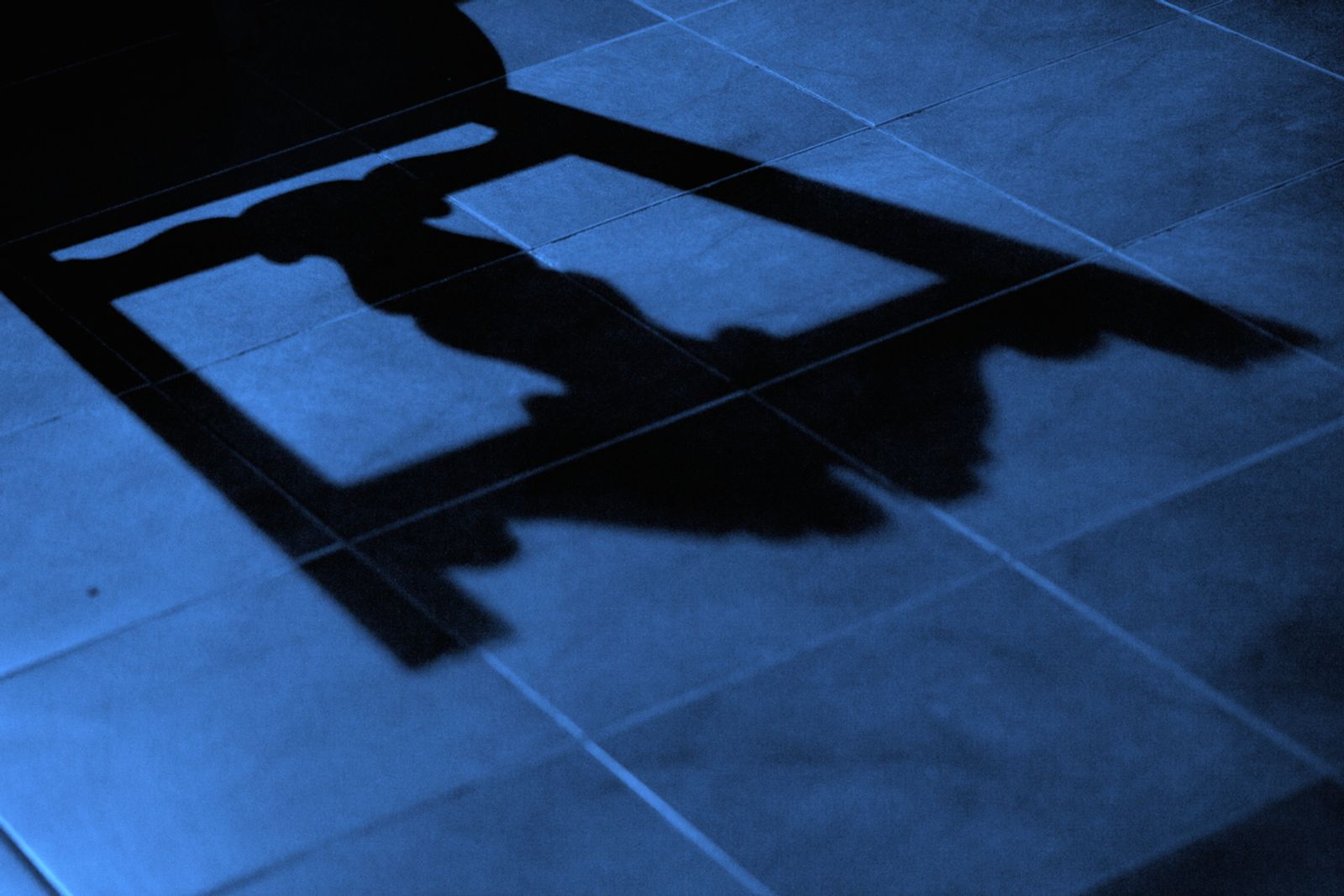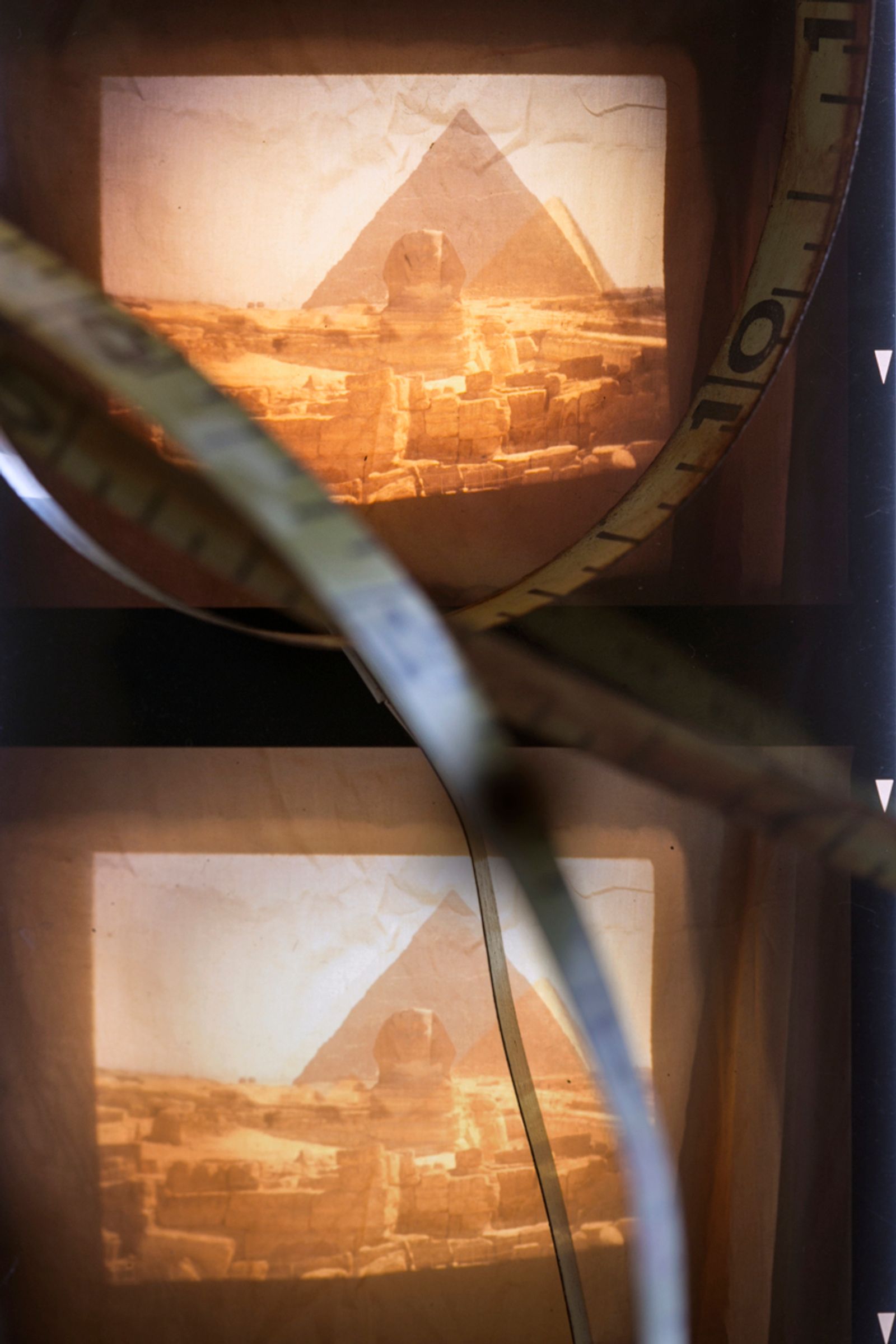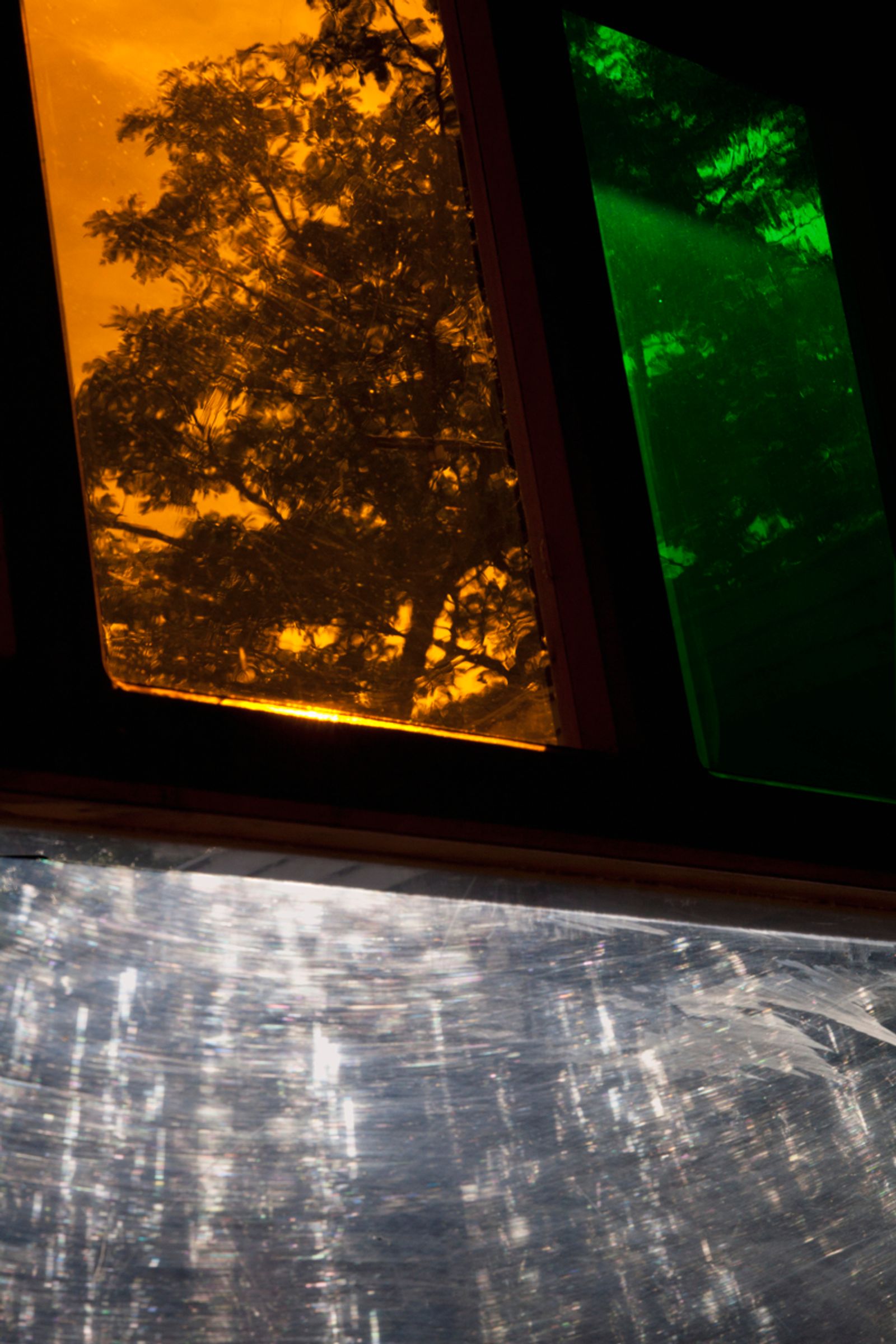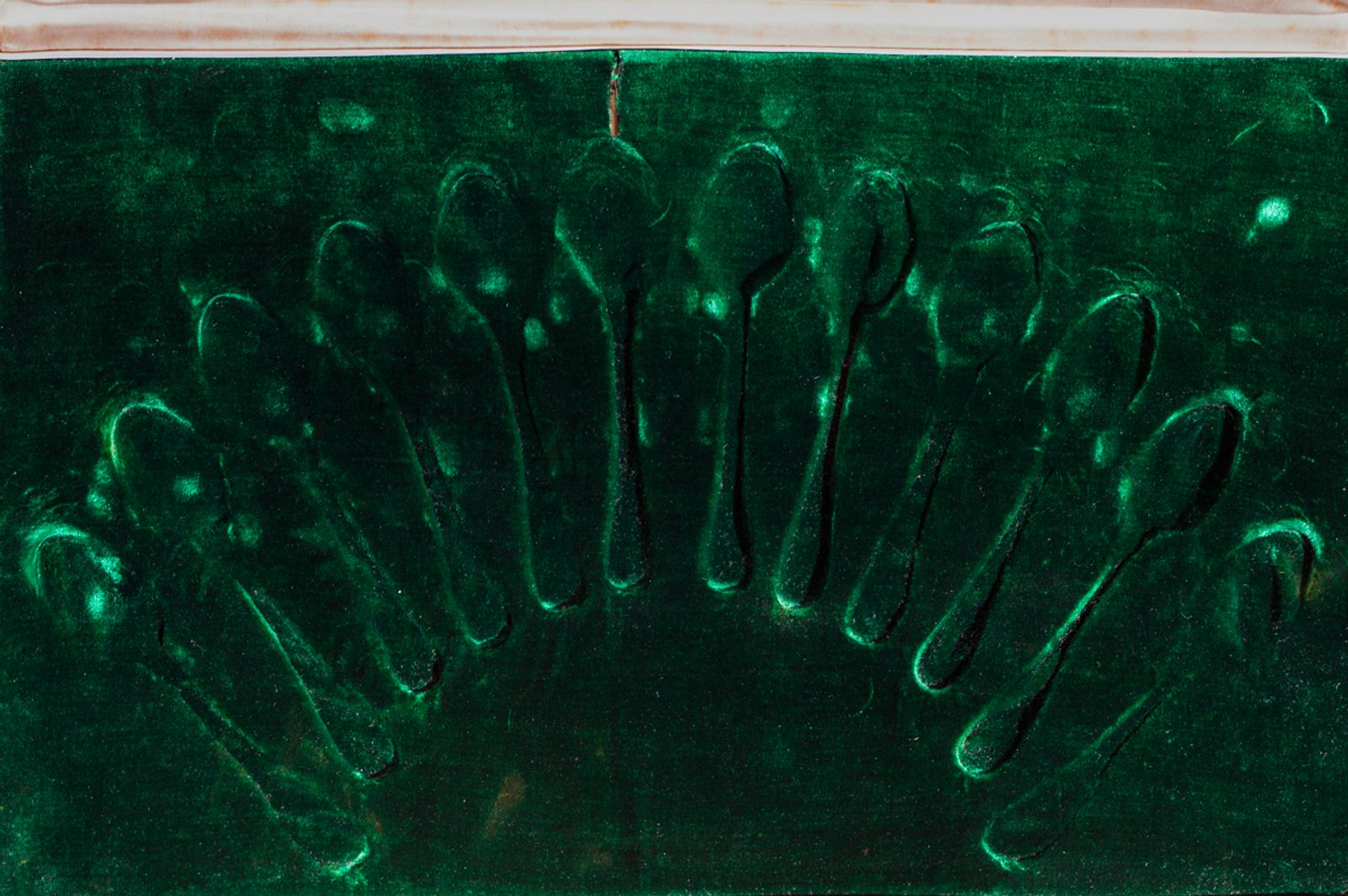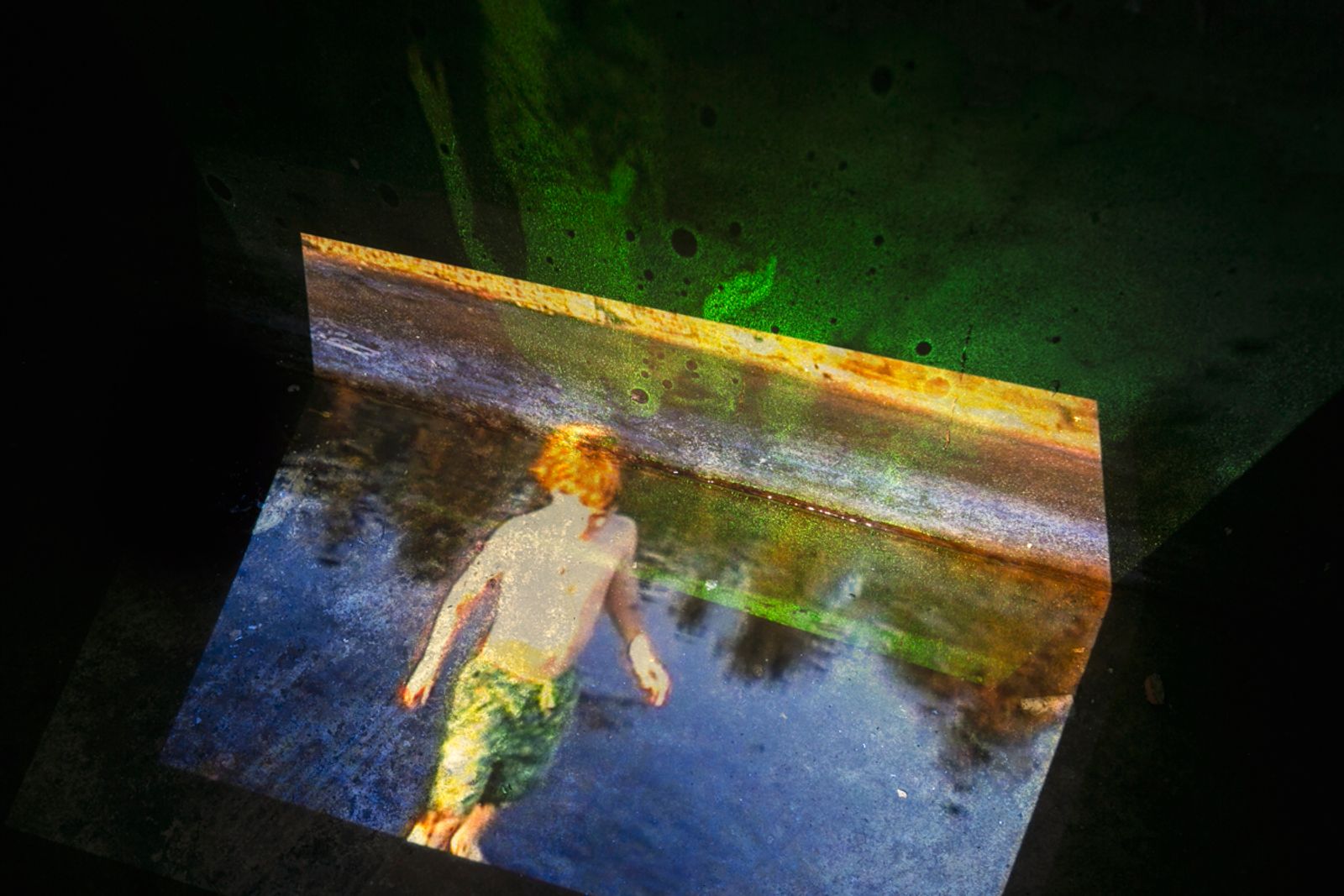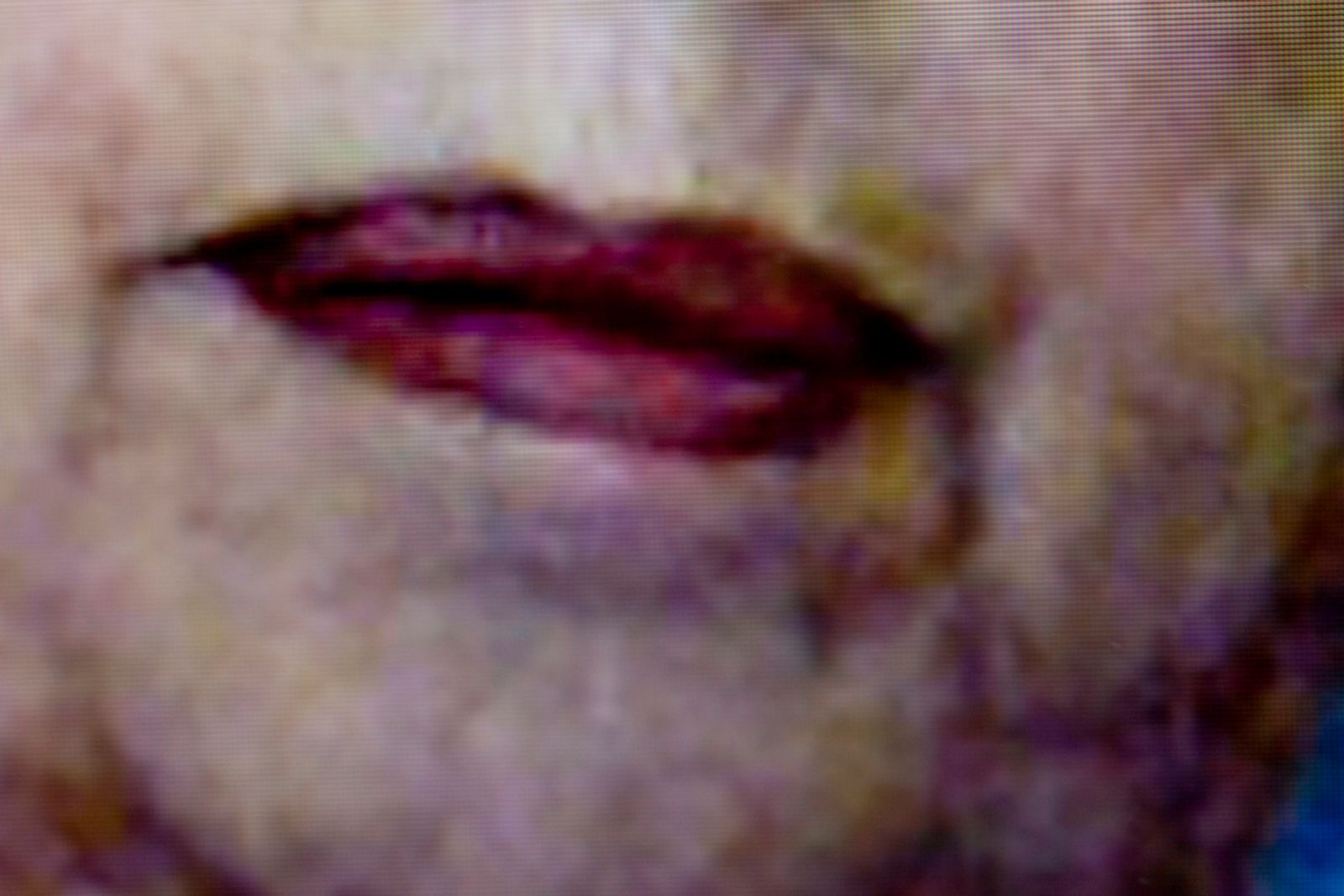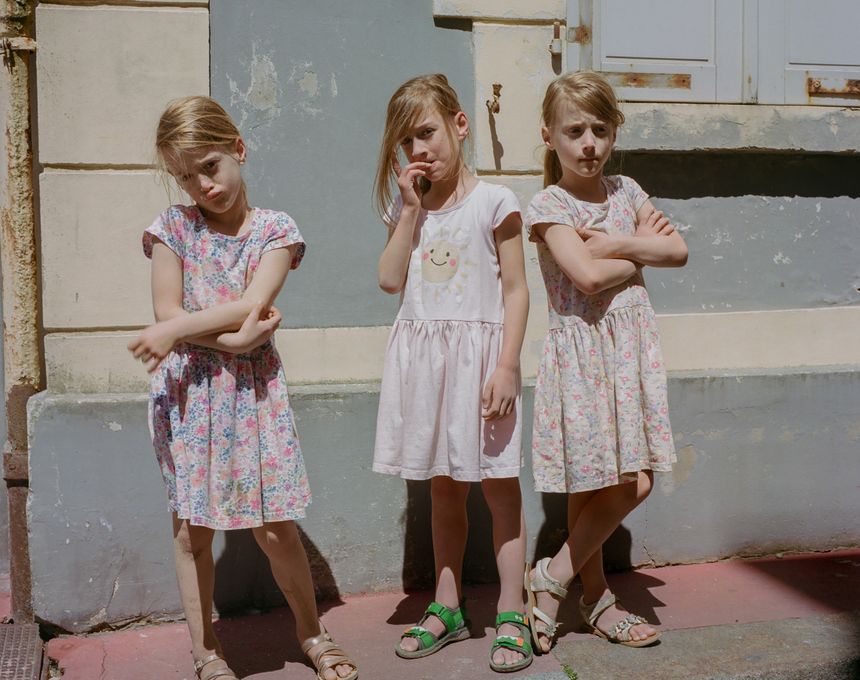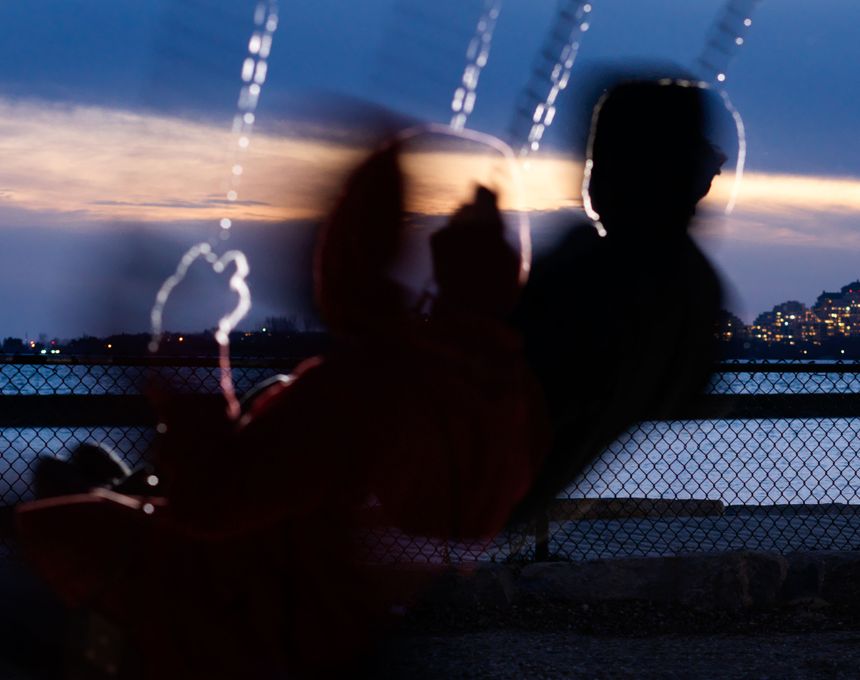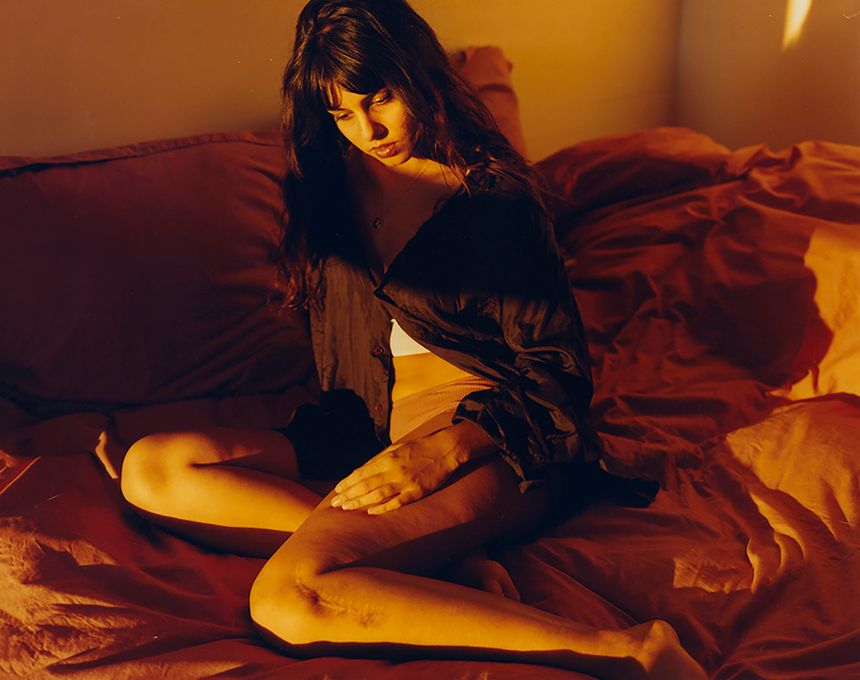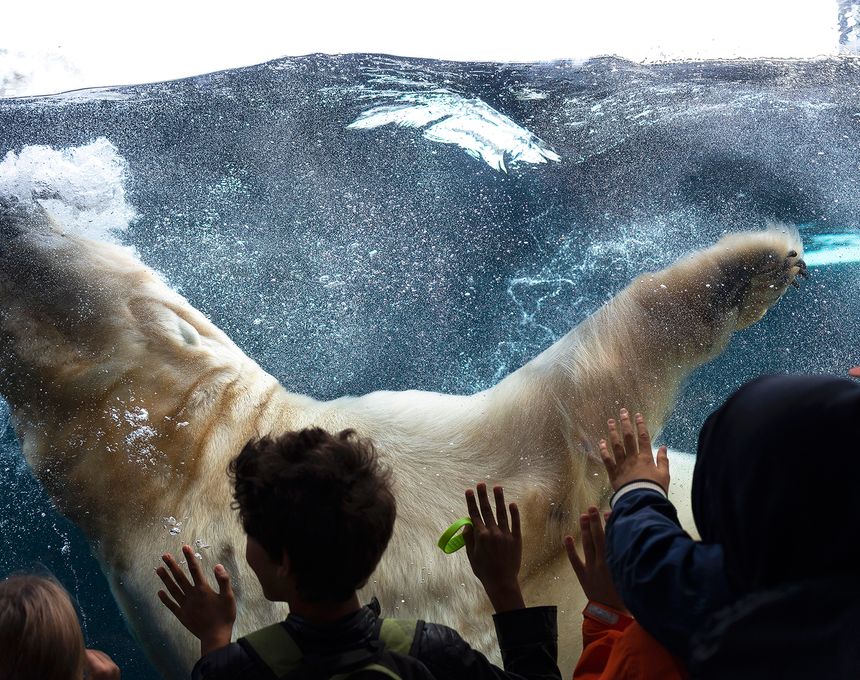si je meurs / if I die
-
Dates2011 - 2016
-
Author
- Topics Portrait, Daily Life, Fine Art
Muriel Hasbun is recipient of numerous awards: Howard Chapnick Grant, Smithsonian Artist Research Fellowship and Fulbright Scholar. Exhibitions: Venice Biennale, Smithsonian American Art Museum, Fotofest, Pinta, CCEsv, Art Museum of the Americas, Bienal de Fotografía, Mexico, Rencontres d'Arles.
si je meurs / if I die
The photographs of si je meurs /if I die explore the fragile space between absence and presence, and continue the conversation I’ve had with my mother, Janine Janowski, and my family and communities, through my work, over 30 years.
Moving through a subjective, diasporic space infused with a sense memory of loss, the photos evolved naturally as we confronted the most human of destinies:
--As if I could ever get used to it
--As if the picture would somehow wish it away…
In the process, I discover, examine and reconfigure an archive, paying homage to our relationship and alluding to the legacy that she left behind.
With these intimate and personal photographs I also give perspective to the historically-significant, public narrative of Janine’s life as a cultural promoter in El Salvador during the civil war and its aftermath, now reactivated through laberinto projects, my socially engaged, arts, education and cultural legacy platform.
